
For some of us staying lean is just a way of life. Would you like a donut? Sure! Pizza for lunch anyone? Sign me up! For those that don’t have to use the word “NO” when answering those questions. Fantastic! I hope that catches up to you. Just kidding.
For the rest of us, keeping our fighting weight in check can be a never-ending battle. I’m sure many people can recall times where no matter what it is they do, they just cannot cross that goal line. It almost seems that last 5-10lbs is the hardest climb to crest. Oddly for some, the initial weight that they lost was so easy, but why is that? It is quite possible that a plateau has been reached, and what you have been doing up till now is just not going to cut it. More change is required in order to realize continual progress.
As I sit here and type out this post, I can openly admit that I am a shell of my former self. It is almost that I have come full circle the last 10-12 years, and during that time I learned a lot about myself, through trial & error when it comes to obtaining my ideal physical form. Different diets, Gluten Free, Vegan for 4 years, lifestyle habits, training regimen, etc.. It was a journey that I feel now has allowed me to find a greater sense of balance. There have been many extremes over that time, I can for certain say that anything extreme is less than ideal.
At around the age of 20, I was wrapping up my rep and collegiate hockey career. I was built like a brick sh*t house weighing in at 195lbs. Quite “Husky” for 5”9 to say the least! I hadn’t ridden my road bike since I was a junior, and it was time to get the wheels rolling again. That also meant that I had to shed the hockey weight and tighten things up. Initially as I continued to ride, the weight was coming off. This was great! However, I hit a stumbling block, and I was not able to dip below 180lbs. I was riding my bike to and from work, rain or shine, Wednesday club rides, Sunday club rides, I was trying to pull out all the stops to take things up another notch, or should I say down another notch. But still nothing. It is quite common to have the mindset that all the heavy lifting is done through exercise. The actuality is that it is done primarily in the kitchen. I was not taking my diet as seriously as my training.
Luckily I have a Mother that is a Registered Holistic Nutritionist, and she was able to guide me down the right path. Slowly but surely things started to trend back into the right direction. Soon enough my weight stabilized around 178lbs. As far as I had come from 195lbs, it still wasn’t enough. I vowed to take things to another level, but it just wasn’t that easy. We only have so much time to ride, and who wants to ration food like we are living in a concentration camp. But something had to give, and it got to a point where extreme measures had to be taken. In 2008 I rolled up to the start line of Race Across America at 176lbs. 6 and a half days later I rolled across the finish line at a slender 163lbs! As thrilled as I was with the result, it was also unrealistic for me to hang onto this volume of riding, so sure enough, things creeped back up into the 170lb range. Observation noted, unless you can ride like its going out of style, you really have to watch what you eat. It’s that simple. If you expend more than you take it, you create a deficit and you lose weight.
It also must be noted that many of us have unrealistic weight loss goals as a cyclist, and we must understand to work within our natural genetic make up. For myself I have a very high mineral or bone density. So it is almost impossible for myself to be a 135lb climbing goat. How do I know? I tried to get as light as possible back in 2009. I was able to get down to 153lbs, and it was a struggle. I was hungry all the time, no energy, poor training sessions, pulling out of races, etc.. Just plain miserable. Shortly after this episode, I sought out the assistance of Zach Weston from Laurier University. He put me through a whole Athlete’s profile test. Which was a 3 hour fasted test, where he measured body weight, breaking down my BMI into body fat %, and lean muscle mass, using a “Bod Pod” which looked like a Steve Erkle car from Family Matters. You sit in the pod for a couple of minutes wearing a skinsuit and a swim cap. I was back up to 172lbs and at 10% body fat. Along with the body analysis, Zach measured the rhythmic pattern of my heart while resting. He had me lie down with a harness attached for 30 mins to understand how my heart functions, and this also helped to identify how rested my heart rate was. Following this we completed a lactic threshold & V02 Max test. Overall I was pleased with the results, with a V02 max of 56.4 and an FTP of 264W. However, this motivated me even more to push for more, and this is when we get back into the discussions of extreme. Zach provided me with a program to help increase my FTP, while trying to drop more weight. One year later I went back to Zach for another test. We were both please with the progress, as I was able to reduce my weight to 168lbs, body fat at 6.7%, and my FTP was up to 290W. So I was really stoked. However, Zach warned me that I was pretty much at my limit for weight loss, as I couldn’t get much leaner with the fear of being chronically sick. He told me that my genetic make up cannot support anymore deficit. All I could do was work within myself and just focus on increasing FTP, enhancing recovery and that would provide more gains. Stupid is, what Stupid does, and I stupidly kept my focus on dropping weight, and sure enough, I dipped below 165lbs and I was absolutely sick as a dog. The Quest continued…
So the question now, is how does one find the optimal balance of taking in the right amount of calories to support they’re energy requirements, without feeling like they are walking around hungry all day? For myself I did a lot of research to find the answers to these questions. Much of the content that you will find pertains more to body building and for fitness models. However, if you dig deep enough there is some content emphasizing on the endurance athlete. To simplify things, if you focus on ensuring that you have fuel available for when you most need it, and refrain from ingesting calories when you are more sedentary. The chances are you will have the gas when you need it for training and racing, and the modest restriction of calories outside of those windows will probably mean that you are setting yourself up for weight loss. Furthermore, if you organize your macronutrients to support your energy requirements, it can serve as a double whammy. So for example on days that you have hard training or racing, it would be best to increase calories, specifically carbohydrates as they are the prime fuel for performance. On days that you are not training or are resting, restrict calories slightly and then you can change your ratio to be lower in carbohydrates, moderate protein and higher in fat. Another key tip is keep the deficit of calories between 200-500. Anymore can be counterproductive. When losing weight, it is inevitable that the weight loss will come from a combination of water, body fat and muscle tissue. So if weight loss is too rapid, it is likely going to come from muscle tissue, as our bodies are programed to hang onto body fat, especially when stressed. So that means that performance will likely suffer. Slowly but surely is the way to go. Rome wasn’t built in a day..
Here are some tips for those looking to shed the last 5-10lbs without having to dodge outings with friends, feeling too restrictive, or walking around hungry all the time:
-Build your meals around a protein source:
Protein has the highest burning rate of all macronutrients, it will help to increase your metabolism, and it will keep you full for longer.
Load your plate with lots of vegetables:
Vegetable are low in calories, are very filling as they are loaded with fibre to keep you full. Most importantly, contain tons of nutrients that your body needs and when your body has the adequate amount of nutrients, it will shut off your hunger signals.
Portions:
The trick to portions can be quite simple. If you divide your plate into different macros, it is suggested to have the portion of protein approx. the size and thickness of your palm. Carbs will depend on your energy needs, but it should occupy 30-40% of your plate, and the rest should be vegetables. Another tip is to never take a package, carton or anything else to sit down with. Chance are you are going to over eat, possibly eat that entire container! Take some, and if you feel you need more, you can always go and get more.
Stay away from high glycemic foods outside of training:
Reserve these types of foods for before, during, and after training. Take it in when you need it, stay away from when you don’t. Examples of high glycemic foods are bananas, raisins, dates, dried fruits, most sports nutrition, including sports drinks, processed and highly refined foods. Etc…
Drink lots of water:
Our bodies comprise of up to 70% water, and water is greatly needed for proper organ function. Our bodies can survive without food for over 40 days+, but for many, we would die without water after 10 days or so. Steady intake of water also helps to flush out toxins from our bodies, and that provides plenty of benefit for weight loss and recovery.
Restrict or avoid sugar outside of training:
The fear is not fat, as much as it is sugar. Ingesting sugar is like turning on a light switch for your body to store fat.
Too much fruit, especially dried fruit is not ideal. Regardless if it is fruit, sugar is sugar and your body cannot differentiate. The only upside with the sugar found in fruit, is that it contains fibre, which lowers its glycemic impact. Fruit juice for the most part has had the fibre stripped away from it, so it is almost as bad as drinking coke. I’d say skip it altogether.
Alcohol:
It’s no secret that I’m a craft IPA snob, and only drink the finest Vermont and New England style IPA’s. But as they say, once on the lips, twice on the hips. The unfortunate reality is alcohol is nothing more than delicious empty calories. Alcohol is the first thing your body will process before anything else. Which means when you drink and eat at the same time, that will slow down digestion to a halt, until all the alcohol is burned off. Chances are those calories get stored as body fat… so alcohol should be consumed in moderation. When at social outing reach for the lowest calorie alcoholic beverage, such as white wine, vodka soda, etc..
Don’t be afraid of strength training:
If someone placed a bet that you would probably struggle to put on bulk while trying, they probably would be right. As cyclists, our volume of cardio doesn’t allow for us to bulk up. Not to mention that if your diet isn’t heavy in calories , especially protein, it will be tough to bulk up. However, if you stick to a routine of body weight exercises, high reps, and only 2 times per week, chances are you will lean out further. Lean muscle mass can carry itself, and helps to boost metabolism, and actually burn more calories when you are riding your bike.
I hope this blog post serves as beneficial information in your quest to keep lean and mean. I could certainly do a better job of getting back on the bandwagon and might just listen to myself for once!
Frank Mizerski
Racer Sportif
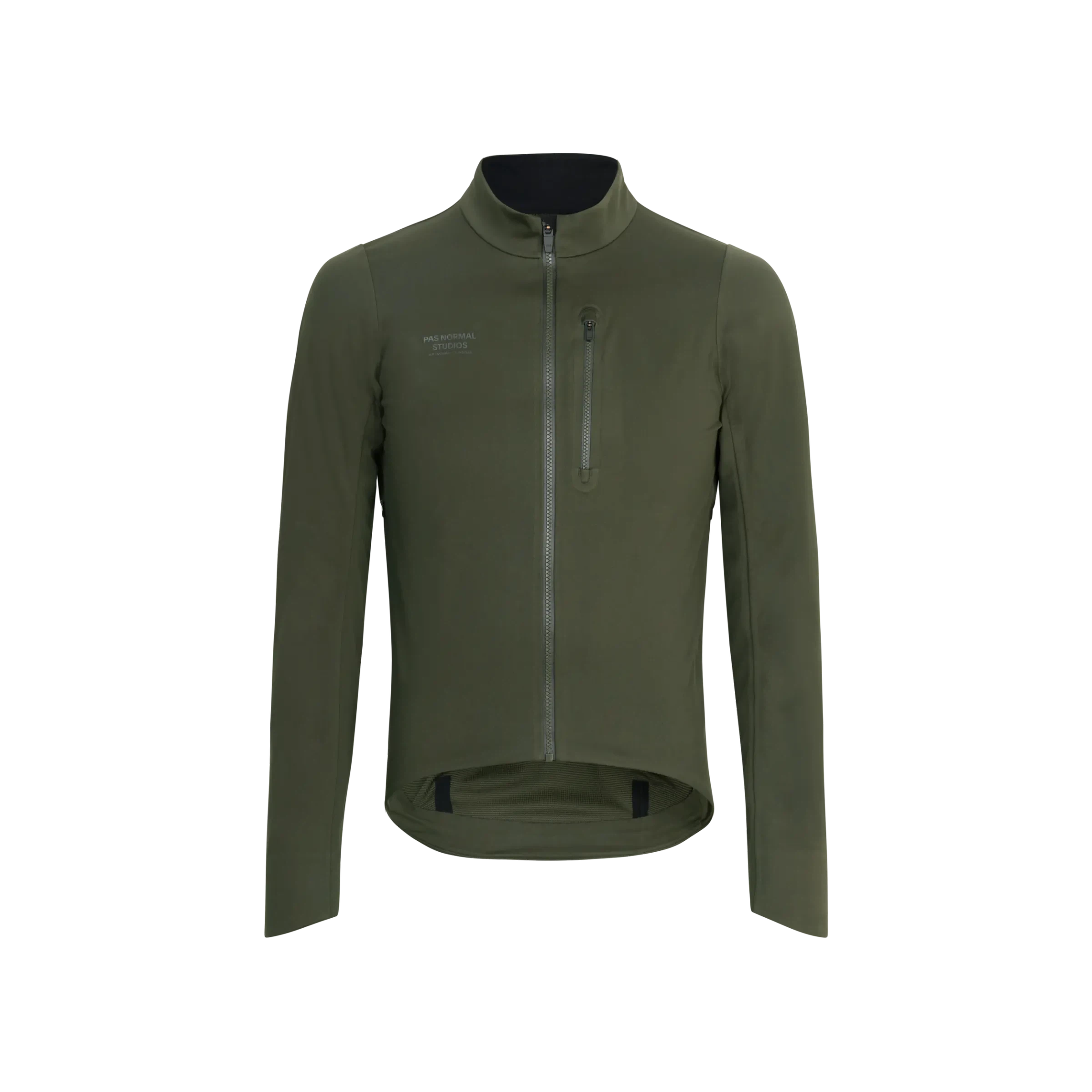
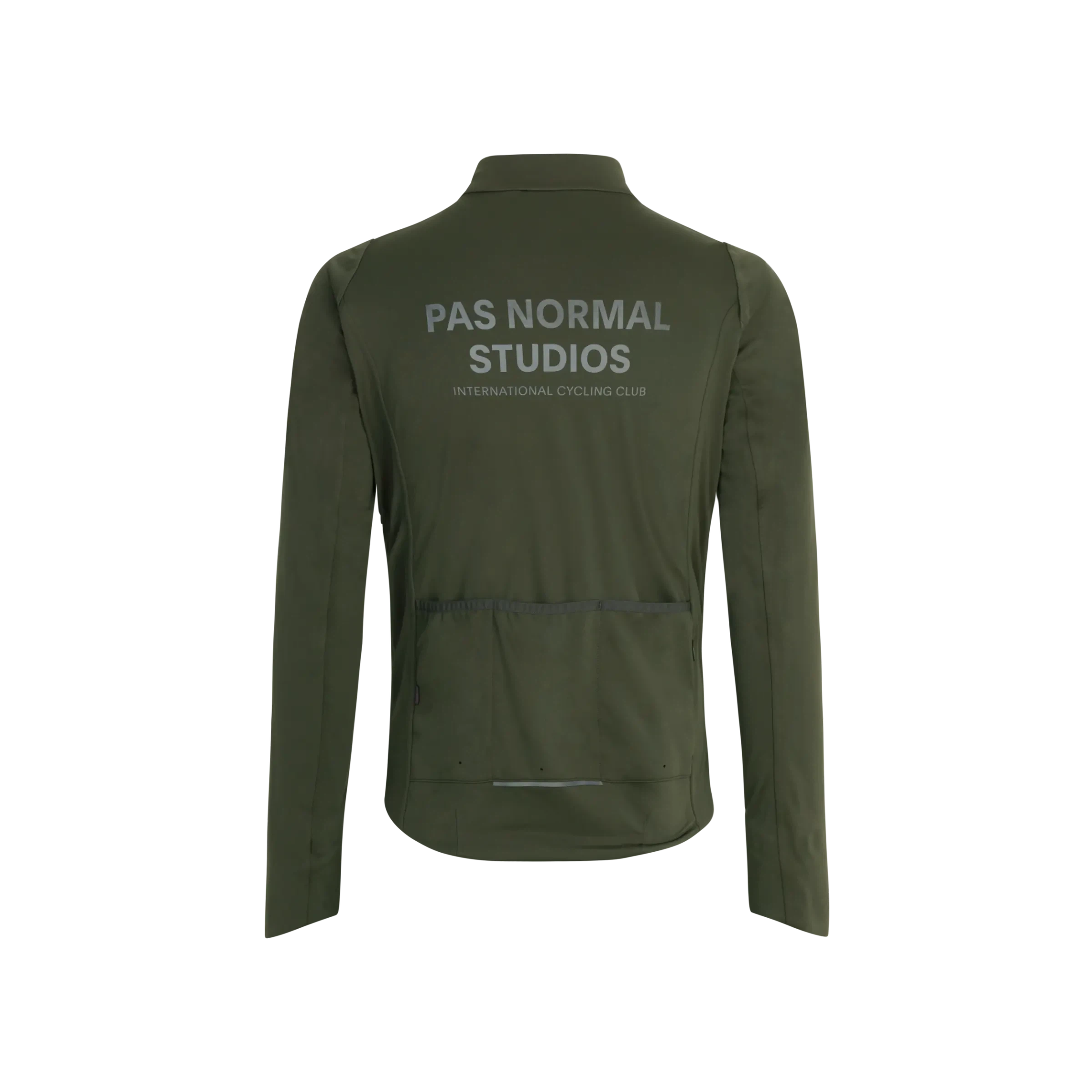
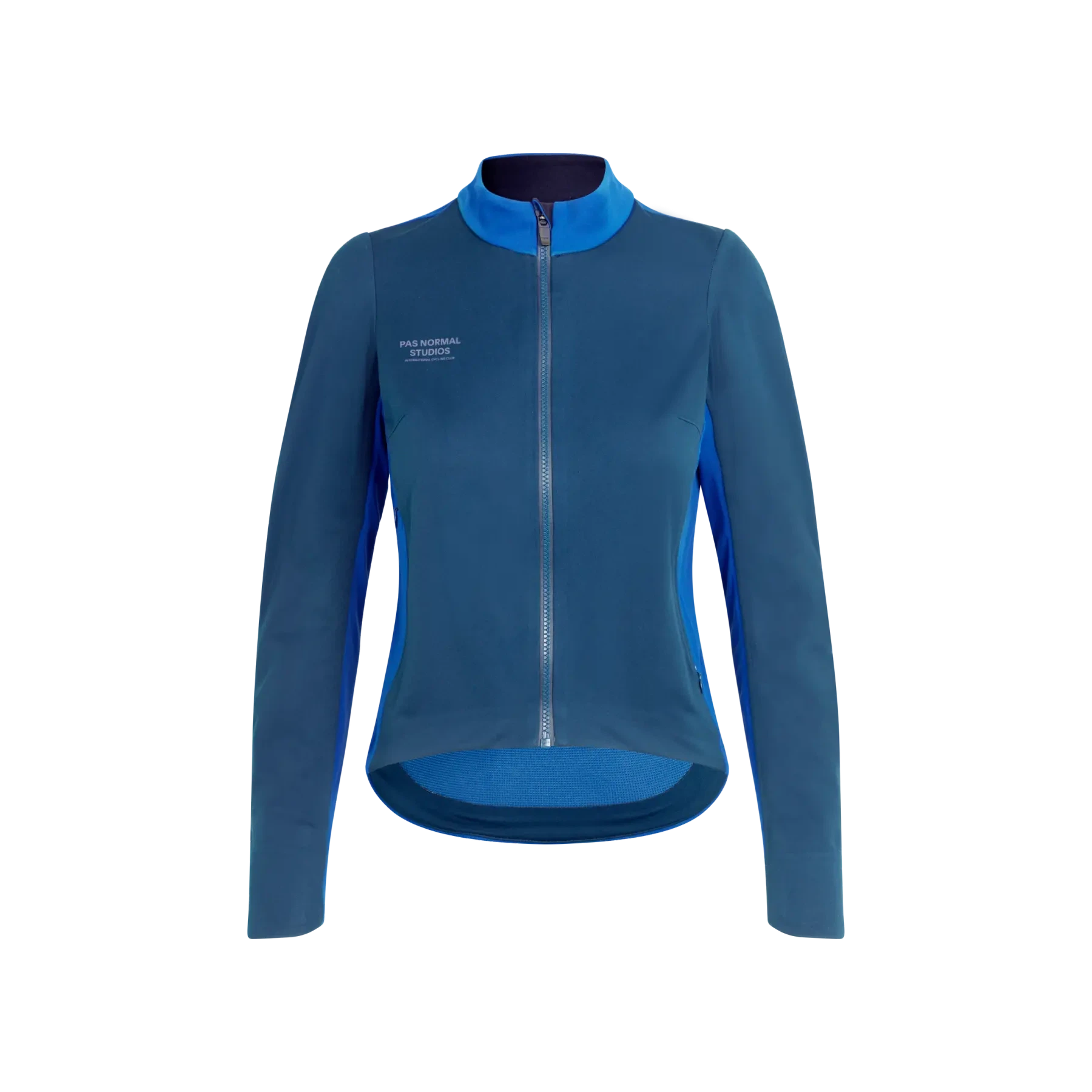
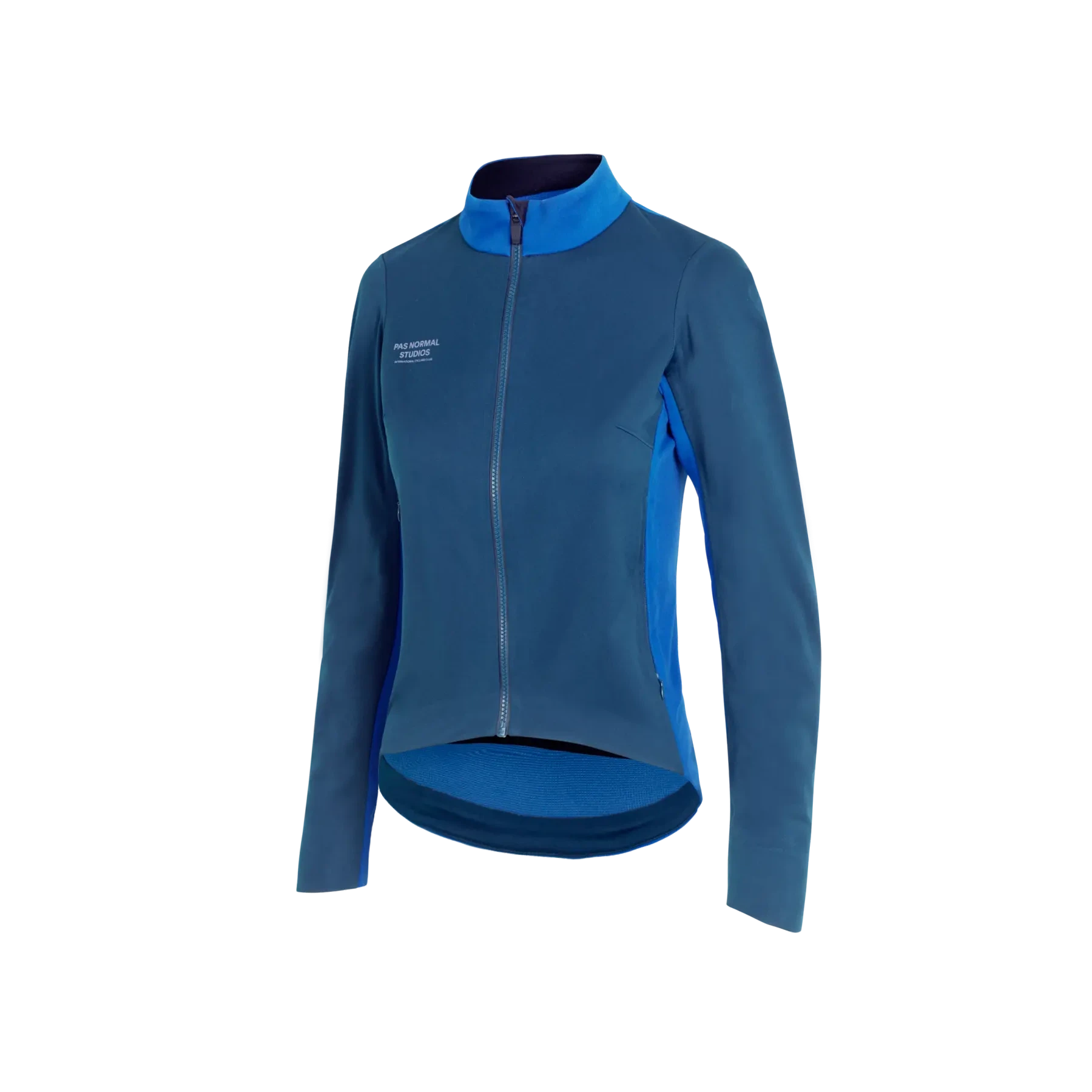
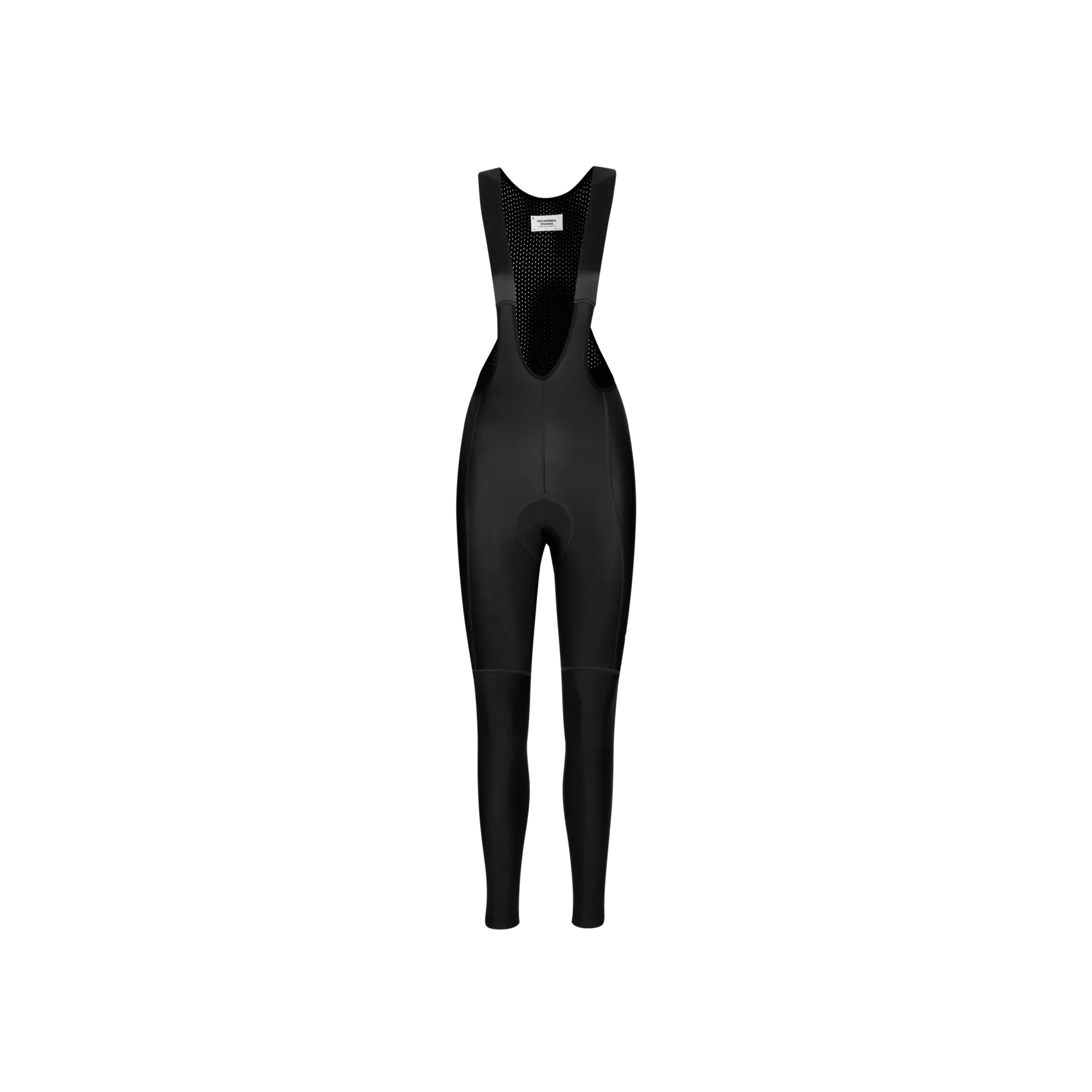
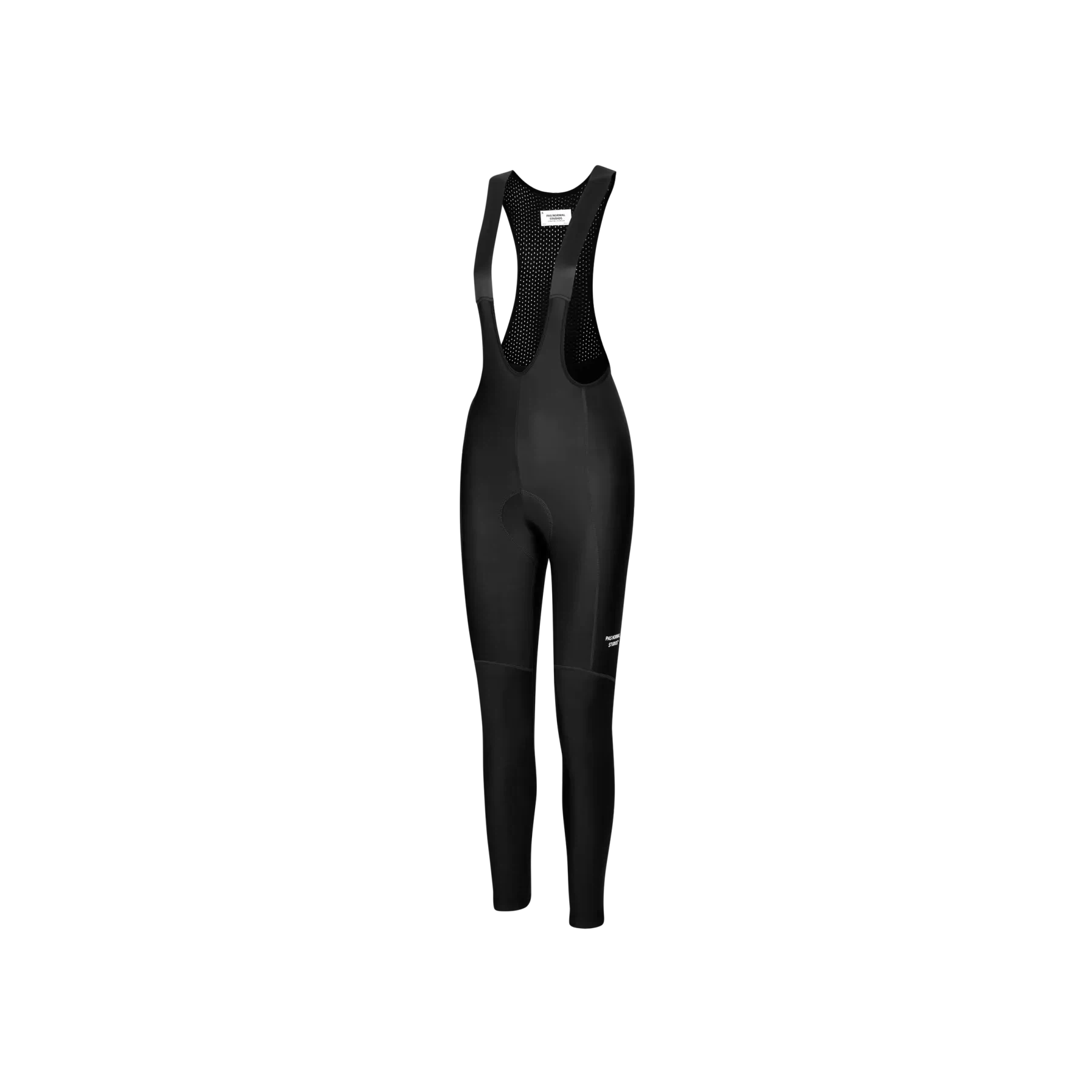
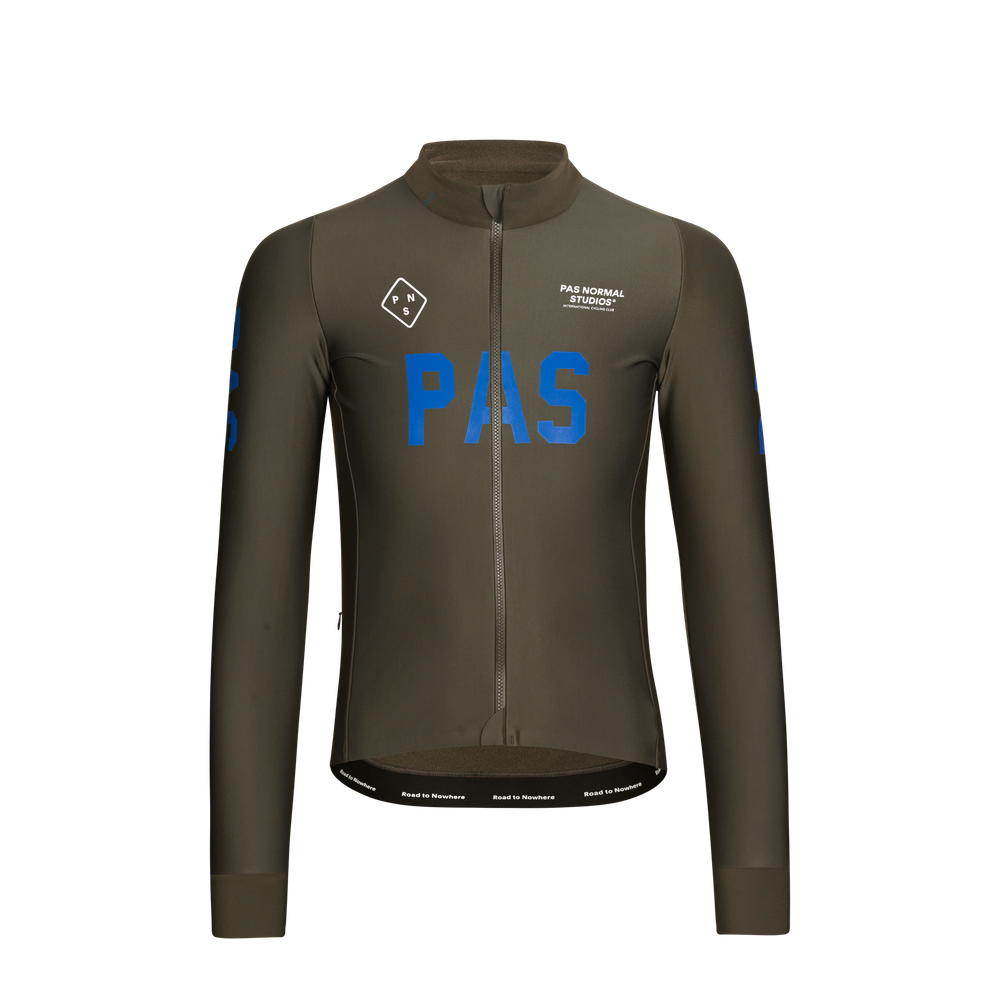
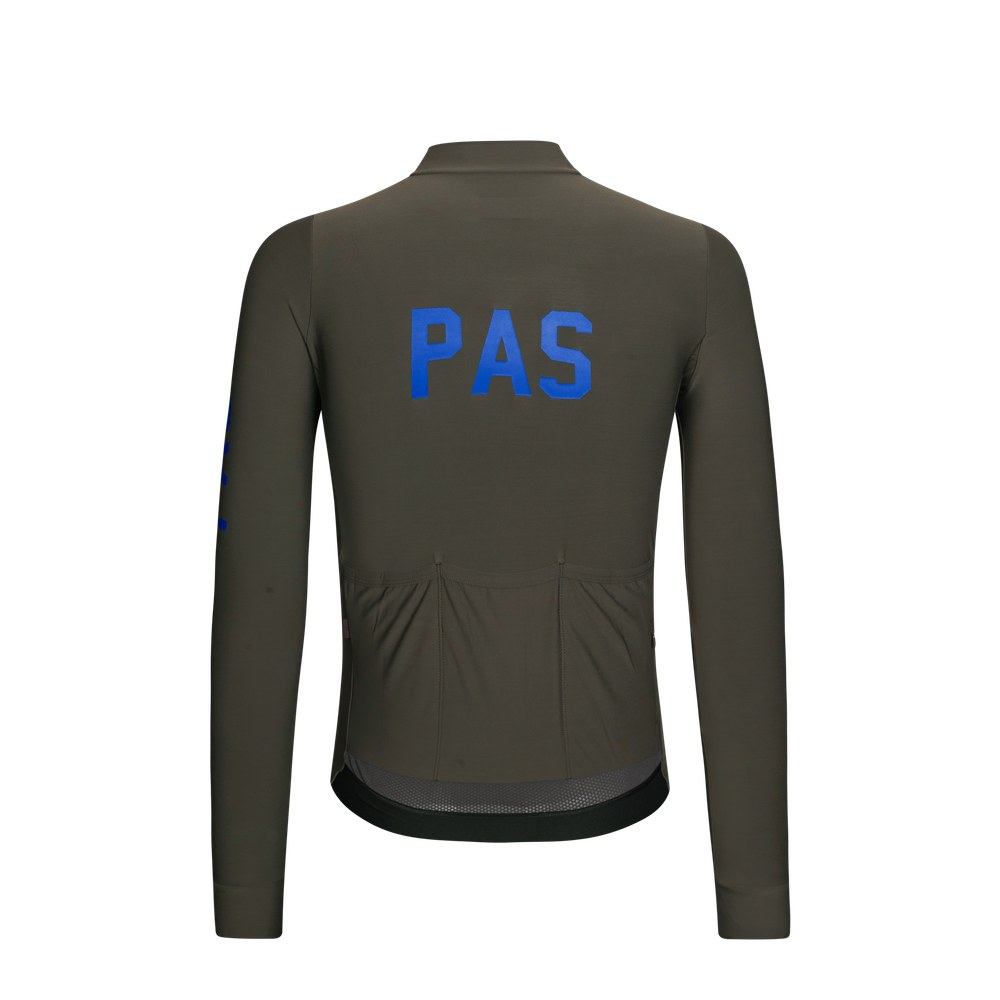

Leave a comment